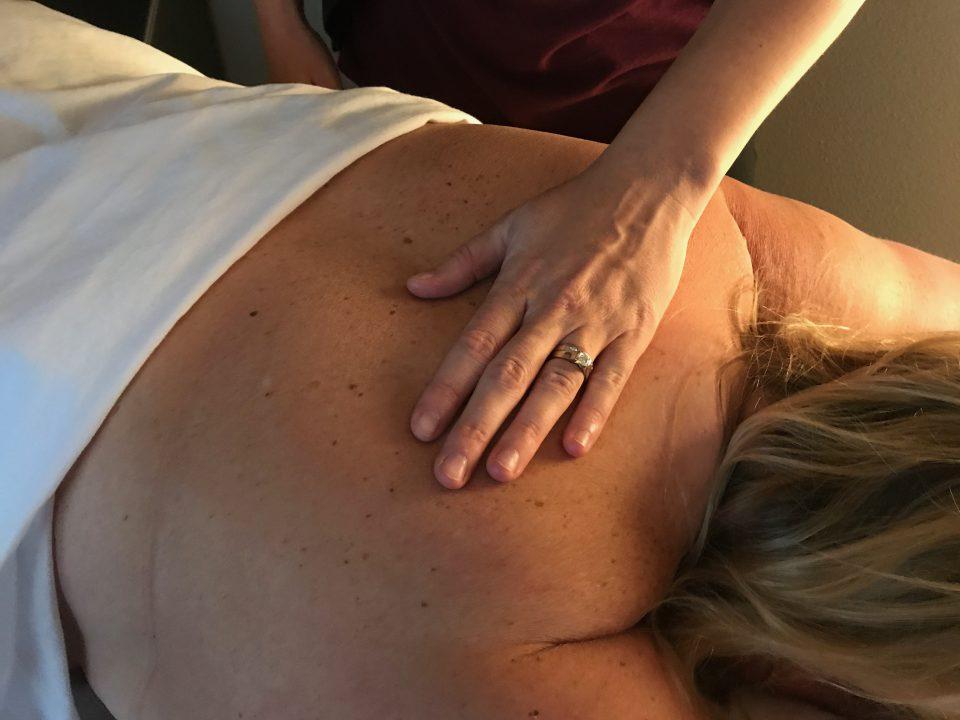Lymphedema
Scott Weber, PT-CLT and Molly Nelson DPT-CLT are Certified Lymphedema Therapists (CLT’s) through the Norton School of Lymphatic Therapy.
The lymph system is a transport system. It is closely associated with the blood circulatory system. It plays a role is the removal of waste products the body doesn’t need, immune function, and circulation. When this transport system is damaged swelling occurs.
Lymphedema is a fluid buildup in an area because of damage to the lymph system. Many things can cause it. Most commonly it is a side effect of radiation therapy and certain cancer surgeries that remove lymph nodes. Other times it can occur early in life as a result of a congenital condition. It can occur days, months, or even years after radiation therapy and cancer surgery. Many things can trigger lymphedema.
Examples include the following:
- Airplane travel
- Infection
- Insect Bites
- Overuse or injury of the affected limb
- Sunburn
What Are the Signs of Lymphedema?
Common signs of lymphedema include the following:
- Aching or burning in legs or arms
- Pressure or tight sensation in the skin
- Heaviness or a sensation of fullness in the limb
- Indentation forms after the skin are firmly pressed
- The tightness of clothing that usually fits
Lymphedema triggers
The area affected depends on what part of the body received treatment, but these are common areas:
- Fingers, hand, arm, or breast
- Toes, foot, or leg
- Face, neck, or abdomen
Ask your health care provider what areas you should watch for signs of lymphedema.
Should I Be Concerned about Lymphedema?
Yes. It is a serious condition and should not be ignored. If not treated, it can raise your risk of infection and may cause thickening or hardening of the skin. The affected limb may grow larger over time. even if you don’t have lymphedema, you may have a lifelong risk if you had surgery to remove lymph nodes or had radiation therapy. Taking steps to prevent it is far better than trying to treat it once it has developed.
How is Lymphedema Treated?
Complete decongestive therapy: (CDT) is the standard treatment for lymphedema. It combines specialized massage, compression bandaging, and specific exercises to reduce swelling and to soften thickened skin.
CDT has two phases: reduction and maintenance.
- Reduction. This phase uses a special
massage to stimulate lymph vessels and direct fluid away from the area so it can be reabsorbed into the bloodstream. These are also part of CDT reduction: - Wrapping with special bandages to reduce swelling
- Exercise to encourage lymph flow
- Skincare measures to help prevent infections and other side effects of lymphedema
- Maintenance. This phase helps prevent lymphedema from coming back:
- Wear special elastic garments,
- Stay active with light exercise to help move fluid and keep muscles and joints healthy
- Talk with your doctor or lymphedema therapist before you begin
- Practice self-care techniques and massage
